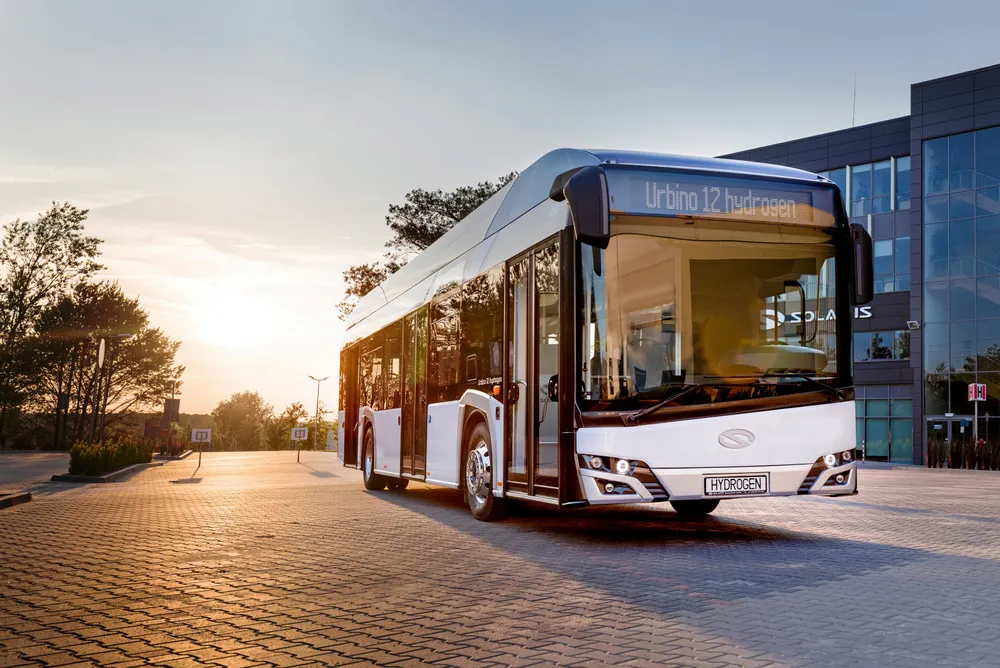New city buses in EU must be battery or hydrogen-powered by 2030 as bloc targets 45% emissions cut for heavy-duty vehicles
European Commission unveils plan to introduce zero carbon vehicles over time, slashing emissions from new trucks and buses by 90% by 2040
